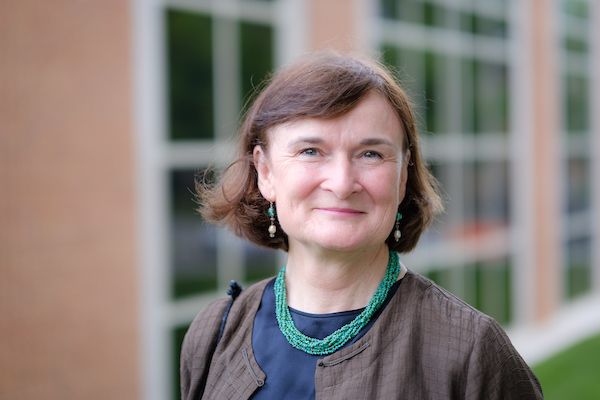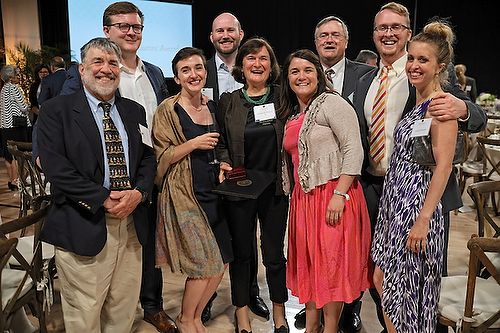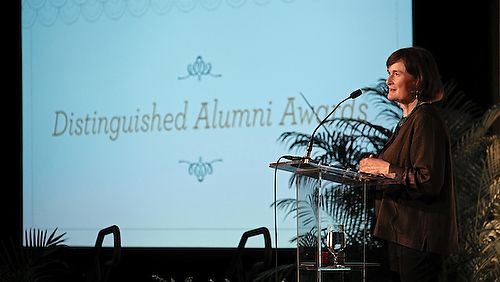Elizabeth Watson (’74) grew up “reading” the landscape the same way she read books: with a passion. Her interest in history and art, specifically as a response to the landscape, evolved into a career as historian,environmental expert, planner, preservationist and educator.
Traveling across the country as a principal consultant at Heritage Strategies, she unites the land with the people living on it, unearthing historical narrative while preserving some of America’s most cherished landscapes, including Maryland’s Eastern Shore and North Carolina’s Outer Banks.
More than a job, this “placemaking,” as Watson describes it, is a way to make sense of and thrive in the world and the spots we call home. She believes communities that use placemaking techniques and understand their history are better able to present themselves in what’s basically a new economic world order.

“Wake Forest grounded me in a way that I always felt a love for that experience, that place and the people who made the place,” said Watson, a history major and Carswell Scholar who credits her education with nurturing a spirit of inquiry as well as an ability to play with ideas and understand more about the world — all in a safe place from which “you could charge out.”
Watson’s career began with the National Trust for Historic Preservation, where she worked from 1978-84. She earned a master’s degree in regional planning from Penn State University in 1981 and worked for the Land Trust Alliance from 1984-87, as well as the Pennsylvania Department of Environmental Resources from 1987-89.
In 1993 she accepted a yearlong Loeb Fellowship at Harvard University Graduate School of Design while launching her independent consulting career. A certified planner, from 2002-2010 she was the part-time executive director of Eastern Shore Heritage, Inc., a nationally recognized heritage area in the Chesapeake Bay region of Maryland, where she lives. In 2009 she joined Heritage Strategies, a consulting firm specializing in planning for historic communities and heritage areas.

Her Wake Forest education, particularly Professor of History Ed Hendricks’ course on principles of preservation and Professor of Art Sterling Boyd’s class in architectural history, fueled her imagination and sense of self-discovery, she said. Having grown up in rural eastern North Carolina, she was conscious from the get-go that Wake Forest “was a great leap.”
“I think it was Robert Frost who said anything worth doing is done out of passion,” she said. “This has been pulling me all along. The confidence Wake Forest gave me is a big key to that. It was a place of well rounded, thoughtful, adventuresome people, and I got to be one of those.”



